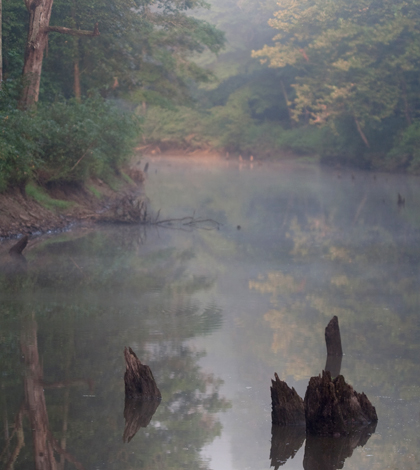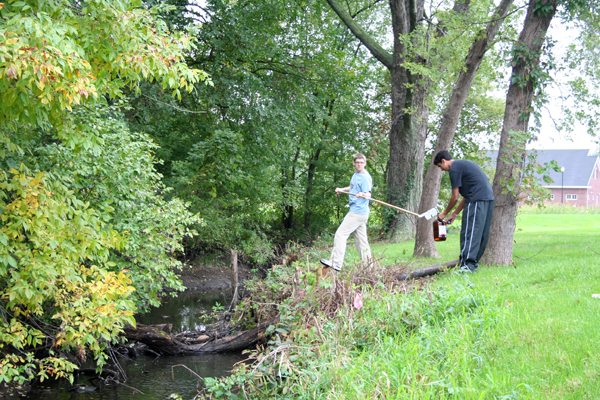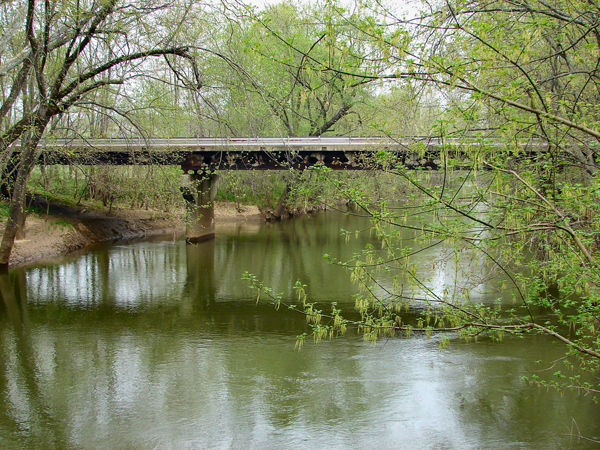Expanded monitoring finds Indiana’s Salt Creek Watershed lives up to name

Middle Fork Salt Creek (Credit: Elizabeth Nicodemus, via Flickr)
The Salt Creek watershed in northern Indiana is a sub-watershed of the Little Calumet-Galien watershed, which discharges directly into Lake Michigan. With high chloride in its streamwater, some could say the Salt Creek Watershed is aptly named. But the distinction is a grim one for the quality of its water and areas downstream.
A group of researchers at Indiana University discovered the high chloride levels in a study to enhance the watershed’s management plan. The plan in place spanned only the summer months, so the Indiana team sampled in the winter, looking to fill gaps in year-round knowledge of the watershed’s water quality.
“A lot of the monitoring protections put in place for watersheds are just to satisfy public perception,” said Julie Peller, professor of chemistry at Indiana University. “They’re not carried out in the most scientific manner.” A long-term approach makes better sense, she says.
“We came in as scientists and took it further,” she said. Peller and researchers from the university – Erin Argyilan, Jeremiah Cox and Nicole Grabos – were only able to cover a handful of sites, but their measurements mirrored those taken in the summer. Full results of their study have been published in the book Monitoring Water Quality.

Jeremiah Cox takes a sample at a watershed site in Portage, Ind. (Credit: Julie Peller)
The team collected discrete water samples to evaluate total dissolved solids, nitrates and E. Coli, in addition to chloride ions. A Hach Quanta handheld sonde was used to record data on temperature, pH and conductivity.
High total dissolved solids told the story of winter erosion in the watershed. Peller says cold temperatures made erosion worse because cold, stiff riverbank is easily chipped away. At sites near wastewater treatment plants, elevated nitrate levels matched the team’s expectations.
But researchers were most surprised by the water’s salt levels, especially near roads–a result of de-icing treatments. “Of course, in inclement weather, you want someone throwing salt on the road,” said Peller.

Salt Creek near Bloomington, Ind. This stream area was not included in the study. (Credit: Cindy Cornett Seigle, via Flickr)
Peller says higher salt concentrations should be more of a concern for all of us. While levels have risen in the Great Lakes, there isn’t a way to lower them, short of a push for large-scale desalination plants.
“The chloride ion accumulates and Mother Nature has no way to get rid of it,” said Peller.
The Salt Creek watershed supports urban, industrial and agricultural uses. It holds the town of Portage, Ind. and Valparaiso University. Chicago is only 40 minutes away.
“It’s got so many different challenges,” said Peller. “While we felt we got a better understanding of them, there need to be longer-term studies.”
Top image: Middle Fork Salt Creek (Credit: Elizabeth Nicodemus, via Flickr)





0 comments